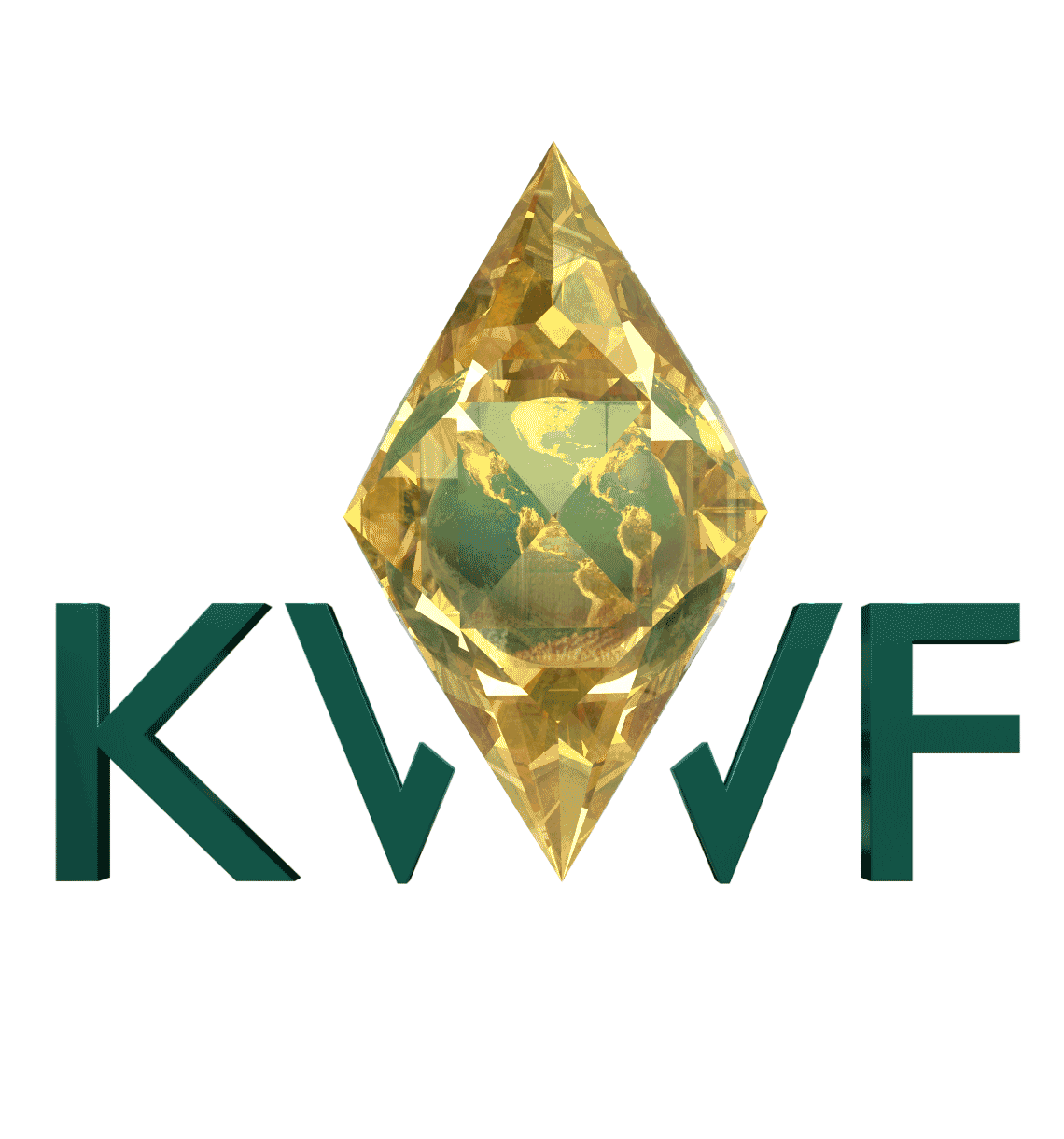

MiSHELL Monitors Sea Turtle Activity
MiSHELL, a fully autonomous drone has a mission to fly over sea turtle nesting beaches to provide timely, consistent and optimized data to marine biologist about sea turtle tracks,nesting, erosion, hatching, and disturbances.
Surveillance of marine turtle nesting and hatching is most often done by people walking the beach at dawn or sunset, observing sea turtle tracks in the sand, and following them to nests created during the night. Effectiveness of this method depends on the number of beach walkers, level of expertise, and distance needed to be covered on a daily basis. For some nesting beaches this may be adequate, but for beaches subjected to heavy predation, recreational activity, remoteness, or poaching, significant benefits may be achieved through more timely and safe surveillance. For most nesting beaches, beach walking surveillance will prove difficult to achieve or sustain. Small Unmanned Aerial Systems (sUAS), also referred to as drones, offer the potential for better timeliness, consistency, overall effectiveness, and more widespread application. Drones may be able to perform surveillance of marine turtle nesting throughout day and night under most weather conditions. Several groups have already demonstrated some capability using simple drones streaming video to ground operators. Drones have been around for more than 70 years, but they evolved quickly during the past few years with the introduction of high performance, low power consumption microprocessors developed for smartphones and tablets. Kashmir Robotics is a world leader in the application of embedded systems -- microprocessors distributed throughout the drone -- to achieve a very high degree of autonomy. Drones also have benefited from the development of high performance single board computers such as the Raspberry Pi, Jetson, and Neural Compute Sticks. This enables onboard data processing using deep learning convolution networks, therefore eliminating the need for streaming large quantities of data to ground computers for post mission processing. Kashmir Robotics has been working to design, fabricate, integrate, and operate “MiSHELL” - a fully autonomous custom drone with the ability to collect and process data onboard. MiSHELL is being “trained” to perform the functions of human beach walkers, identifying and locating turtle tracks, following the tracks to locate nests, observing nests, and reporting on their location and condition. Additional pattern recognition and reporting capabilities will be added as required by the marine turtle research and protection community. The results of this project are expected to determine how effective and efficient drones could be in marine turtle monitoring programs.
Project Numbers
10K
Leatherback sea turtles are among the most highly migratory animals on earth, traveling as many as 10,000 miles or more each year between foraging grounds in search of jellyfish. Loggerheads born in Japan migrate almost 8,000 miles to the rich waters off Baja California, Mexico to feed and mature.
7
All seven sea turtle species are endangered. Of the seven different species of sea turtles, six of which -- green, hawksbill, Kemp's ridley, leatherback, loggerhead, and the olive ridley can be found throughout the ocean - in both warm and cool waters. The seventh species, the flatback, lives only in Australia.
1
Only one out of 1,000 baby sea turtles survives to adulthood, according to the United States Fish and Wildlife Service. That is, if they even get to hatch. The biggest threats include entanglement in fishing gear, consumption and illegal trade of eggs, meat, and shells, coastal development, plastic and other marine debris.
Project Gallery








